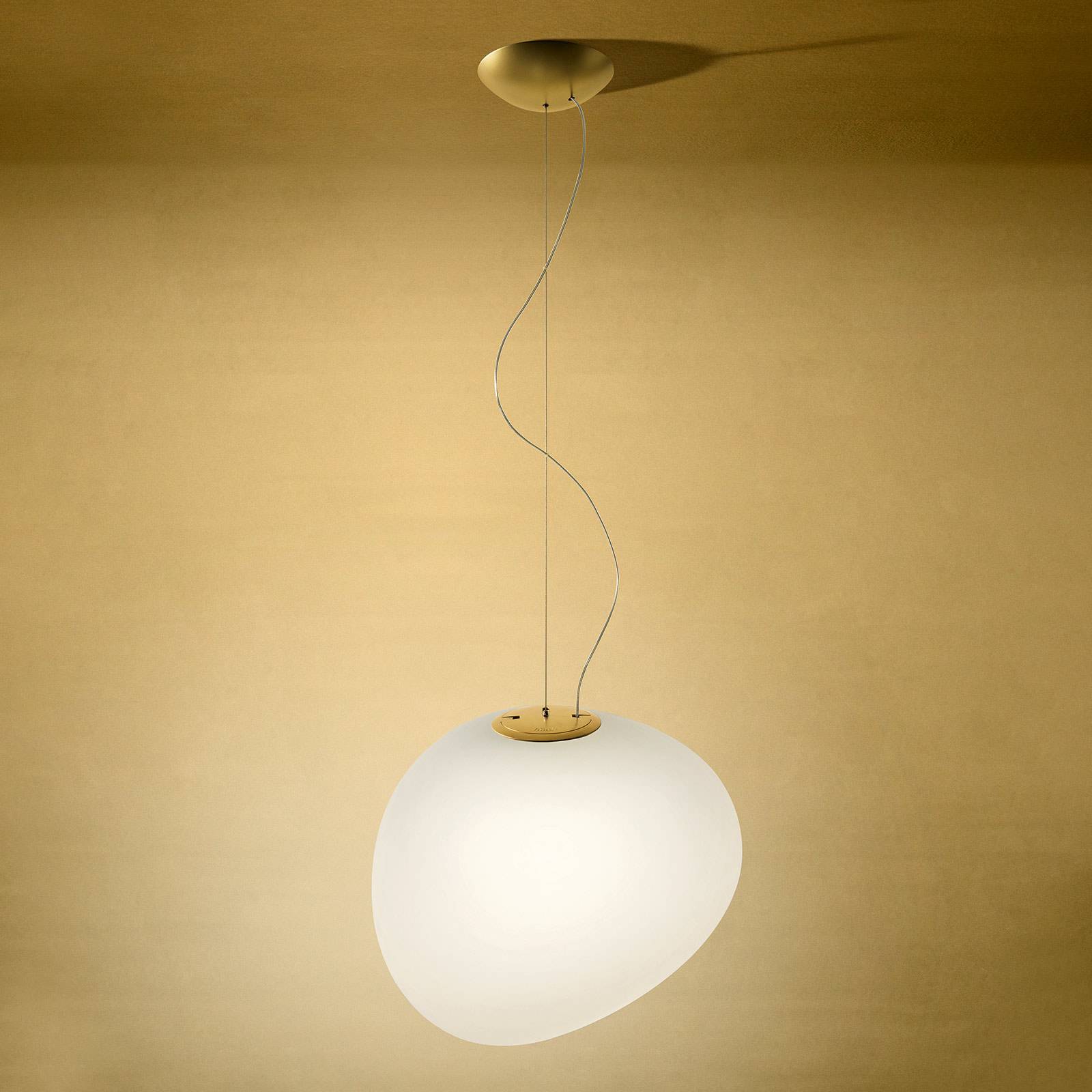

Now you just need to get everyone on board. So inevitably you reach the point where you think you have something you’re happy with. “You need to create the scaffolding for how you want your stakeholders to interrogate the system design” You want to figure all that out at the very start. You don’t want to realize you’ve all been singing from different hymn sheets several months into building something, and then take on an expensive course correction. The goal is to hammer out these differences early on, while doing so is still cheap. It’s difficult because it forces you to resolve ambiguity, ferret out unknown unknowns, get super-specific about how the system will work, and agree on it all. All of the things that make a canonical system design difficult to nail down are the reasons it’s worth doing. Herein lies the very point of doing this work. Once people start thinking in systems, they see how everything’s connected, which naturally leads them to add more and more scope “because, like, everything’s connected, man!” *exhales, coughs* Scope creep: We expect too much of the system and believe that it should resolve all product problems.
Gregg brune system designer code#
Divergent mental models: Designers may naturally tend towards thinking in terms of layouts or user flows, Engineers in terms of code architecture, PMs in terms of value delivered.Pursuit of a “perfect” system: You lose yourself in designing the system as an end in itself, where the goal becomes inherent elegance or cleverness rather than practical value.Subjective preferences: Everyone disagrees over whose personal vision of the system represents the best or truest version.Here are some common challenges you might encounter:

Getting to that point, however, can be tough. And most importantly, the team needs to get aligned on what we’re building. So you need to be able to diagram those ideas out. It can also be hard just holding a clear picture of a complex system in your head. What’s more, most products that require this level of mapping can get complicated quickly. But language can be slippery: what I’m thinking and what you’re thinking may be significantly different, even though we’re using similar language. You might think you can dodge this hard bit and just quickly talk it through instead. But the ultimate output is almost always the same: a clear diagram illustrating objects and the relationships between them.Īn example of system design for part of Intercom Given that it might be another while until any of us sees a whiteboard again, tools like Miro are a great digital alternative.


 0 kommentar(er)
0 kommentar(er)
